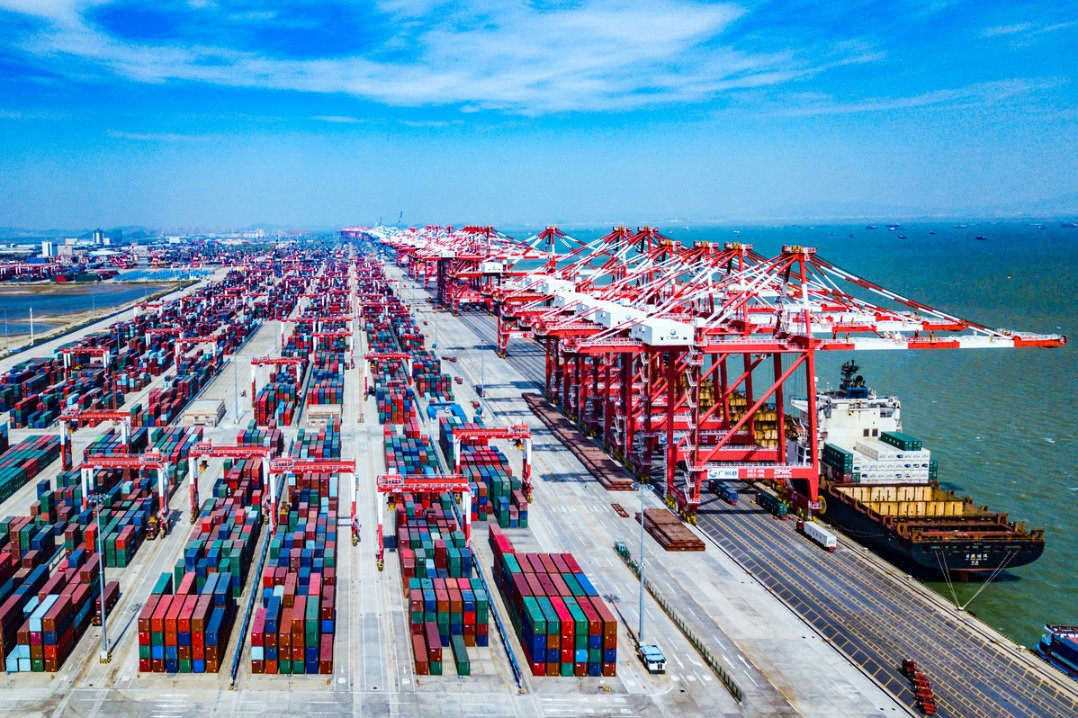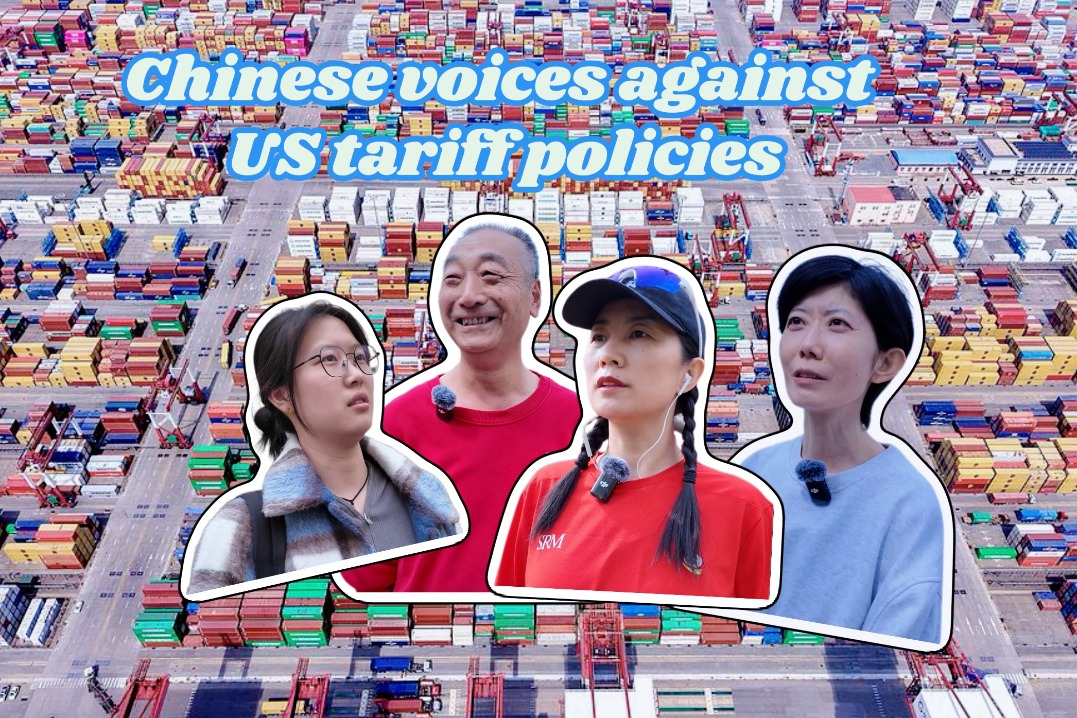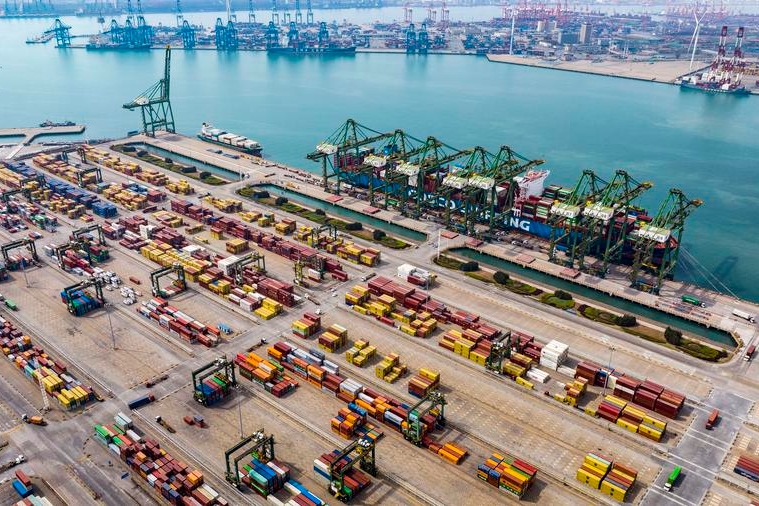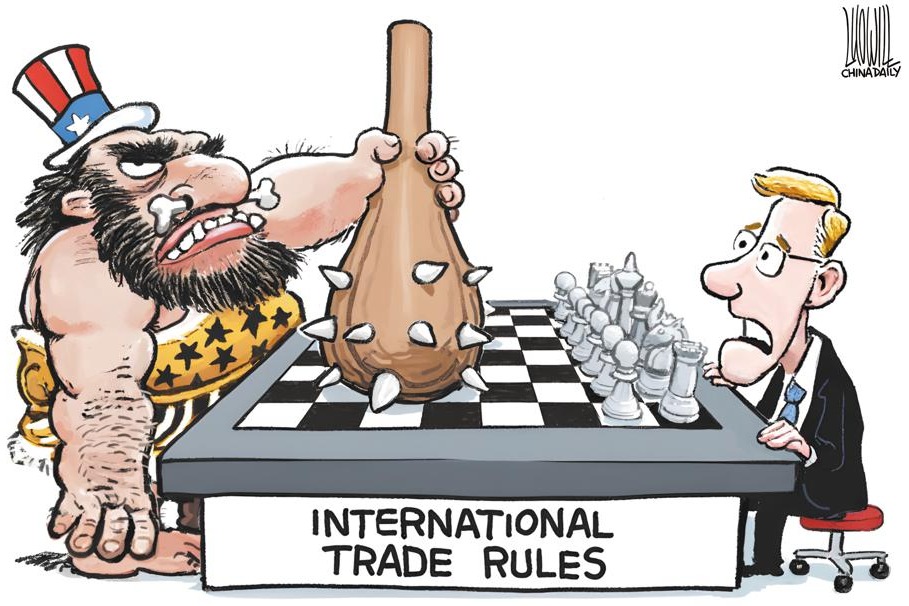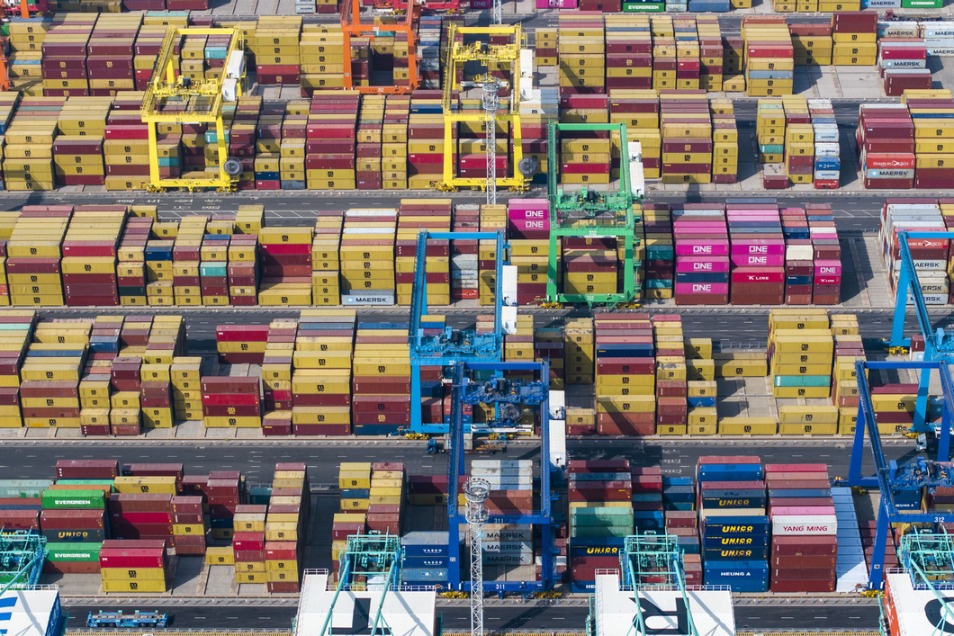Stable listing rules key to boosting real economy


Serving the real economy is the inherent duty of finance, which in turn facilitates the high-quality development of the stock market. Statistics show that more than half of A-share listed companies and 80 percent of high-tech enterprises in China have benefited from private equity financing. And given the government's focus on technological innovation as the core driving force of economic development, the role of private equity financing in boosting the real economy has become even more important.
In China, the primary channel of private equity investment is through initial public offerings (IPOs). This means one of the crucial ways the stock market supports the real economy is by offering a stable investment channel for private equity funds.
Private equity investments often encompass lengthy investment periods, with earlier and smaller investments requiring longer commitments. This long-term nature necessitates that investors foresee the safety and feasibility of their investment channels, or exit strategies.
Frequent shifts and arbitrary tightening of listing review standards can seriously undermine investor confidence and dampen their eagerness to invest. The history of China's stock market is dotted with instances of severe tightening or even halting of IPO issuance for one year or more.
To foster the development of the biopharmaceutical industry, China introduced a fifth set of listing standards in the STAR Market, allowing high-tech companies, including unprofitable biopharmaceutical and medical equipment-making enterprises, to go public. This move significantly boosted private equity's interest in the biopharmaceutical sector.
But, unfortunately, by mid-2023, this listing rule was suspended, reportedly due to the poor performance of some companies which had listed under this regulation, leaving many biopharmaceutical companies seeking financing in a bind.
High-tech and biopharmaceutical companies, with their cutting-edge and innovative technologies and methods, often come with high risks, including a higher failure rate. Such failures are not necessarily due to fraudulent behavior. It's important to distinguish between premeditated fraud or deceit and the normal risks associated with research and development and business operations. But while the government must accept the inherent risks associated with R&D and business, it must impose severe penalties for financial fraud and other illegal activities.
Despite the increased fines for securities law violations following the 2020 amendment to the Securities Law, penalties for serious illegal activities such as financial frauds still seem insufficient. To ensure market fairness and justice, therefore, the government must increase the punishment for fraud and deceit, making violators pay a heavy price. But it is equally important to understand and accept the normal risks faced by high-tech companies during their development and provide them with sufficient maneuvering room and support for innovation.
Given high-tech companies' high risk of failure, equity investment has emerged as the most suitable financing method for them. Although discussions are ongoing on using traditional means such as bank financing to propel technological development, it is crucial to understand that the inherent nature of debt financing does not suit high-risk enterprises.
In the realm of private equity investment, recent years have seen a withdrawal of high-tech investments by US dollar-denominated private equity funds, due to increasing Sino-US tensions and US investment restrictions.
On the other hand, the proportion of investments from Chinese government-backed private equity funds has been on the rise. According to Zero2IPO Group data, in the first three quarters of 2023, State-owned organizations and industrial capital accounted for more than 60 percent of the committed capital, with the figure being higher for larger funds.
State-owned funds benefit from relatively flexible exit timelines and the advantage of guiding the development of core industries. But the systems designed to prevent the loss of State-owned assets, and ensure lifetime accountability and retroactive investigations, while effective in risk prevention, significantly constrain the operation of State-owned funds, leading some to adopt "pseudo-equity, realdebt" investment models. This low tolerance for failure limits the role of State capital in high-risk, high-tech projects.
Therefore, the more critical role of State capital should be to guide industrial development, make clear government-supported industrial chains' role, and help direct market investment trends.
And real, large-scale investments should be left to market-driven funds with higher tolerance for failure. This combined government-market approach is the optimal financing structure to support the development of high-tech enterprises.
Besides, it is imperative to recognize the indispensable role of private equity funds, especially those privately owned, in supporting the real economy and financing high-tech companies. To ensure the healthy development of the private equity market, maintaining the stability and continuity of listing rules is essential.
Hence, arbitrary tightening of IPO review standards must be avoided to ensure private equity investors can engage in long-term investments within a stable and predictable policy environment. This stability forms the bedrock of the stock market's support of the real economy.
The author is a professor at the Guanghua School of Management, Peking University.The views don't necessarily represent those of China Daily.
If you have a specific expertise, or would like to share your thought about our stories, then send us your writings at opinion@chinadaily.com.cn, and comment@chinadaily.com.cn.

















